Tools and Services
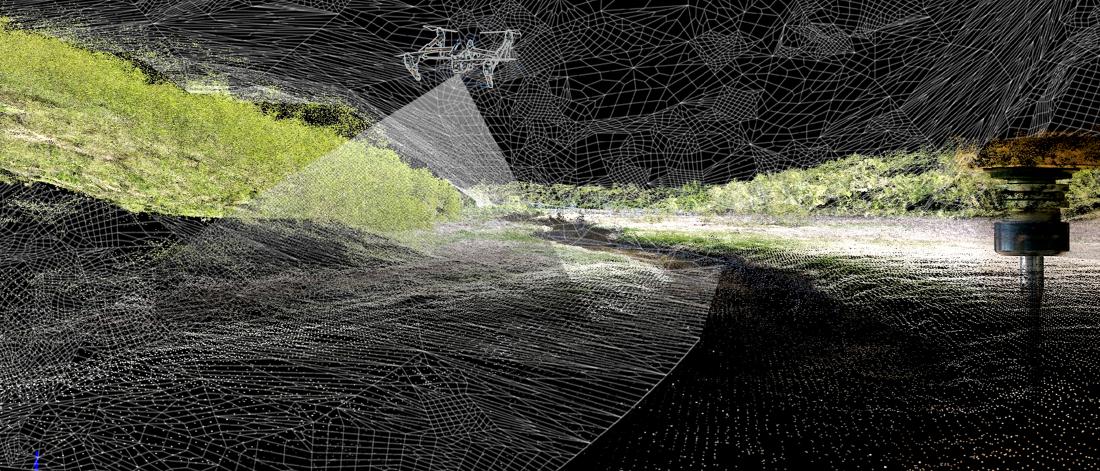
FABLab
File Processing Procedure
Please bring your questions and digital files down to the FABLab to look over the required fabrication technique for your project. As there may be other options that might suit the project best. The FABLab and Workshop have limits on material processing ability. Therefore speaking with a technician earlier in a project, can assure your work is completed in a timely manner.
The operation of some tools has a consumable cost associated with their use. These costs come from your Papercut account and are relative to the tool used. These costs can be found under the tool list below.
Please contact the CADLab on how to put money on your Papercut account.
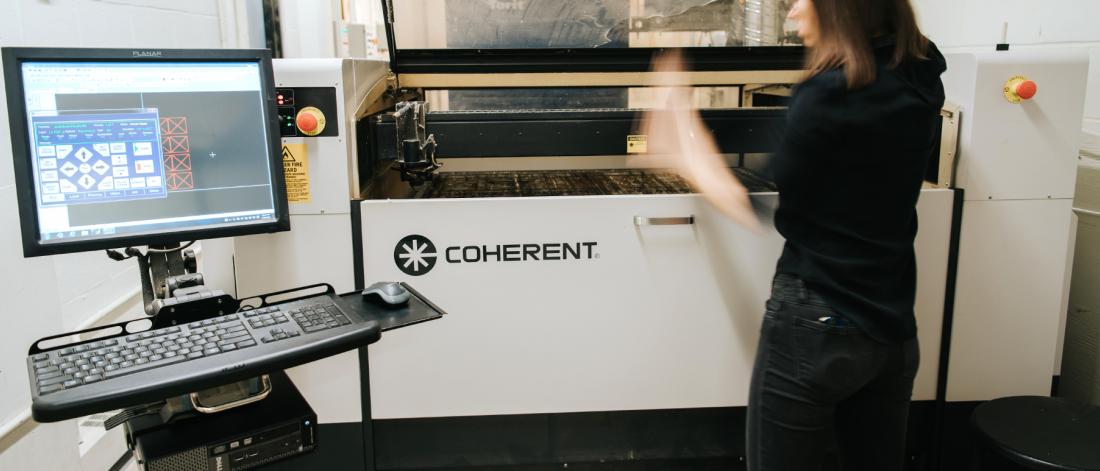
Laser Cutting
Laser Cutting
The file type should be one of the following: .3dm | .dwg | .dxf | .ai. Before bringing your file in to be cut. We ask that you practice clean drawing techniques and ‘finish’ the file first. This includes, but is not limited to:
- Keep all information in one file (specified by different layers)
- Be sure lines are snapped at ends & intersections
- Delete overlapping lines
- Close/Join lines
- Remove any information not to be cut
- Be sure the objects in the file are physically scaled to be 1:1 of their final cut dimensions (annotative scale will not work when producing files for fabrication)
- Separate: Cutting, Etching, and Filling information onto different layers
- Materials that cannot be cut: Polyethylene's, PVC's, Teflon, Vyton
Large Laser Cutter:
- Bed size: 48" x 48"
- Maximum thickness 0.5" | 12mm
- Material Types: Paper + Woods + Plastics + [*others]
Small Laser Cutter:
- Bed size: 18" x 32"
- Maximum thickness 0.25" | 6mm
- Material Types: Paper + Woods + Plastics + [*others]
*Please speak with the FABLab staff regarding 'other' materials.
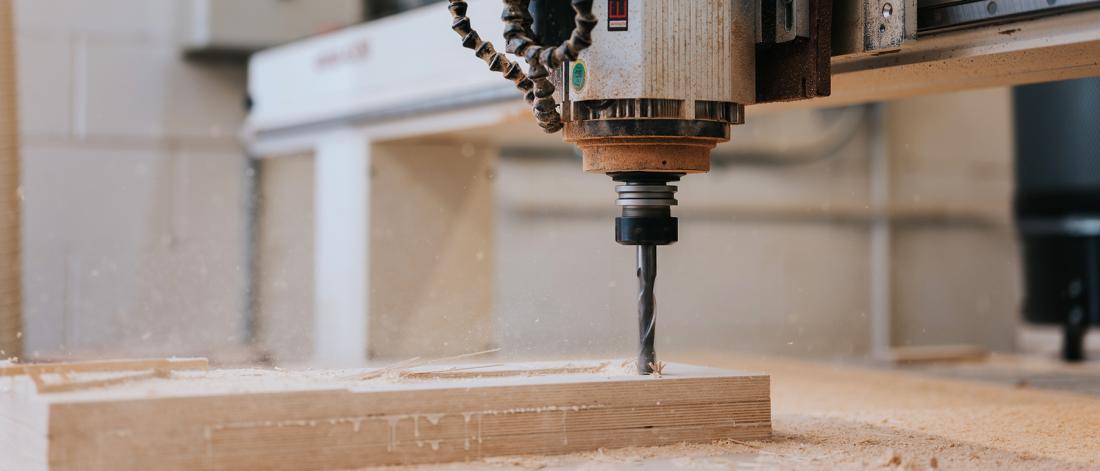
CNC routing
CNC Routing
The file type should be one of the following: .3dm | .igs | .dwg
- Keep all information in one file (specified by different layers)
- The file should include lines and curves denoting milling edges (2D&3D)
- All lines and curves should be closed, without overlapping or intersecting geometry
- Unorganized layers (2D curves, 3D meshes, or surfaces need to be on separate layers)
- Be sure the objects in the file are physically scaled to be 1:1 of their final cut dimensions (annotative scale will not work when producing files for fabrication)
- For 3D surfaces, there should be no 'holes' in the geometry
- 'Nest' your 2D parts with no less than 1/2" spacing between them
- The maximum cutting depth for bit diameters are:
- 1/8"Ø = 1/2" deep
- 1/4"Ø = 1" deep
- 3/8"Ø = 1-1/2" deep
- 1/2"Ø = 2" deep
- 5/8"Ø = 3" deep
- 3/4"Ø = 2-1/2" deep
- Bed size: 8' x 5'
- Materials Types: Woods + Plastics + Composites + Non-ferrous Metals (speak to FABLab staff)

3D Printing
3D Printing
The file type should be one of the following: .3dm, .stl, .IGS. We ask that you practice clean drawing techniques and ‘finish’ the file first. This includes, but is not limited to:
- Parts must be manifold, see 'non-manifold geometry' in the FORM | FORUM TEAM.
- Structural geometry should be no less than 1.5mm2 in cross-section
- Remove any irrelevant geometry, not to be printed
- Parts should fit within print bed size
Printer Types + Bed size:
- SLA + 5.7" x 5.7" x 6.9"
- SLS + 4.3” x 6.3” x 9.1"
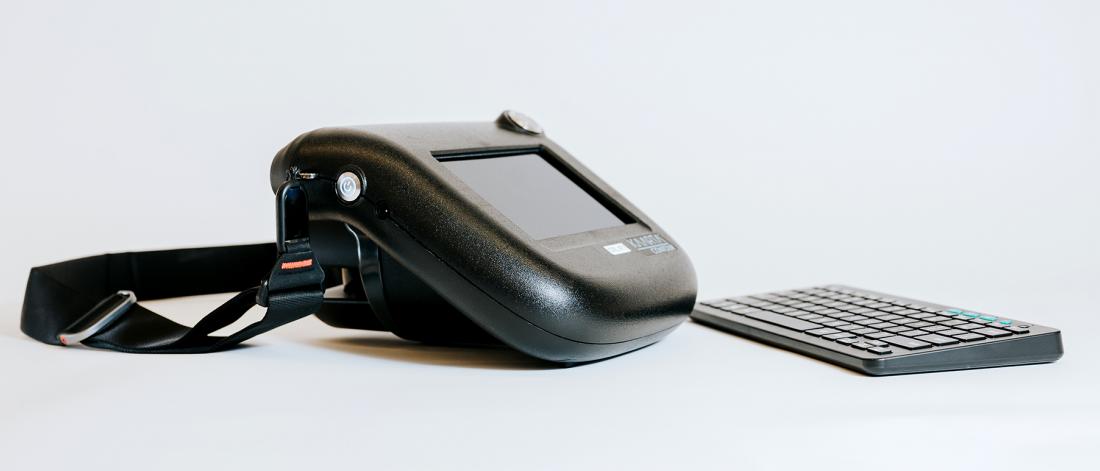
3D Scanning
3D Scanning
Types of 3D scanning available through the FABLab:
- Photogrammetry
- White light
- LiDAR
Please speak with FABLab staff for further information
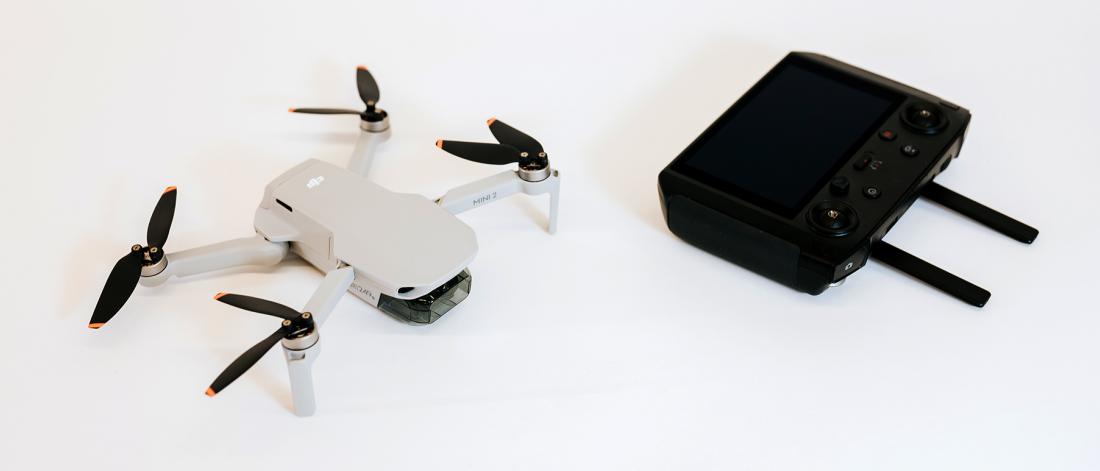
Rentals
Rentals
Rentals only available to FAUM students
Rentals are available for one week at a time
Rentals Available:
RPAS - DJI MAVIC MINI 3
Augmented Reality - HOLOLENS 1 + 2
FDM Printers - PRUSA Mini
Mechatronics - ARDUINO KIT + SENSORS
